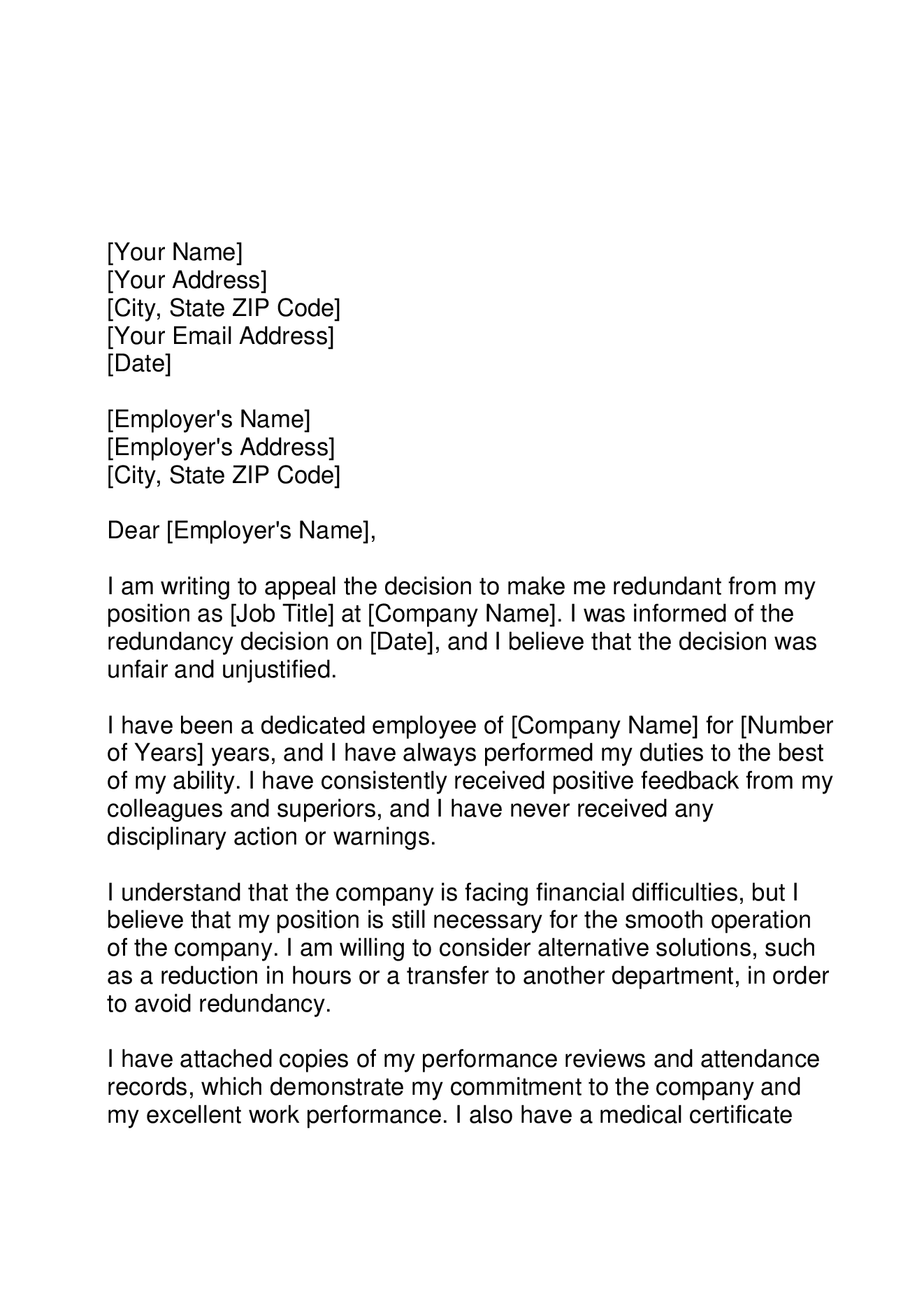Who Pays Redundancy Money? A Thorough Guide for Employers and Employees
Who Pays Redundancy Money? A Thorough Guide for Employers and Employees
Blog Article
Checking Out the Operational Characteristics of Firm Redundancy and Its Long-Term Sustainability

Redundancy Strategies for Organization Connection
In order to make certain continuous operations, organizations must implement reliable redundancy strategies for business connection. Redundancy in this context describes the replication of crucial parts or functions within a system to alleviate the effect of prospective failings. By integrating redundancy strategies, companies can improve their resilience against disturbances brought on by various factors such as all-natural calamities, devices failures, or cyber-attacks.
One typical redundancy strategy is the application of back-up systems and data storage space options. This involves producing matches of important data and systems that can be triggered in case of a main system failure. Additionally, companies can establish repetitive interaction channels and power sources to maintain connection and procedures during unforeseen events.
Furthermore, cross-training employees to perform multiple functions within the company can work as a valuable redundancy approach. This ensures that essential jobs can still be accomplished also if key personnel are inaccessible as a result of disease or various other reasons. On the whole, reliable redundancy approaches are vital for businesses to copyright functional connection and decrease the influence of potential interruptions.
Influence of Redundancy on Organizational Resilience
Offered the vital role redundancy techniques play in guaranteeing organization connection, checking out the influence of redundancy on organizational resilience comes to be necessary for understanding the holistic functional dynamics of a company. Business durability refers to an entity's capacity to adjust to interruptions, recoup from obstacles, and change when needed while maintaining core features. Redundancy, when strategically implemented, can significantly add to improving an organization's resilience in the face of unforeseen obstacles. By having back-up systems, employees, or procedures in position, companies can better endure shocks and proceed procedures with minimal disturbance.
Furthermore, redundancy can boost staff member spirits and self-confidence, recognizing that there are backup plans in location to address unforeseen scenarios. This complacency can cause boosted productivity and a more positive job setting. Furthermore, redundancy can promote advancement and creativity within a company as staff members really feel empowered to take calculated threats, knowing that there is a safeguard to support them in situation of failing. Overall, the influence of redundancy on organizational resilience is extensive, forming the lasting sustainability and success of a business.
Balancing Efficiency and Adaptability in Redundancy
Attaining a harmonious balance in between operational effectiveness and flexible adaptability is an essential challenge in the tactical implementation of redundancy within organizations. Too much flexibility without a solid operational structure can result in inefficiencies and disparity.
To balance effectiveness and versatility in redundancy preparation, organizations must very carefully evaluate their operational needs, market characteristics, and strategic objectives. Applying lean methods can boost effectiveness by removing and improving procedures waste, while promoting a society of flexibility and continuous renovation can improve adaptability. Furthermore, investing in cross-training programs and robust interaction channels can help useful source cultivate a versatile labor force efficient in handling diverse jobs throughout durations of change. Ultimately, discovering the ideal stability in between efficiency and flexibility is important for developing a resilient and sustainable company when faced with uncertainty.
Long-Term Sustainability Through Redundancy Preparation
To guarantee long-lasting practicality and security, organizations must tactically straighten their redundancy planning with lasting sustainability goals, thus harmonizing functional performance with flexible flexibility. Long-term sustainability with redundancy planning entails more than just temporary cost-cutting measures. It requires a comprehensive strategic strategy that anticipates future obstacles and opportunities. Firms should watch redundancy not as a responsive remedy to prompt troubles yet as an aggressive approach for long-term success. By integrating redundancy planning with sustainability goals, companies can develop a resilient framework that can endure numerous market fluctuations and internal adjustments.

Aggressive Measures for Lasting Firm Workflow
Exactly how can companies proactively enhance their functional sustainability for lasting success? Implementing positive steps is essential for companies intending to make sure lasting operations. One essential technique is to buy modern technology and technology to streamline procedures, decrease waste, and stay competitive in the market. Embracing lasting methods such as reducing power usage, lessening carbon footprint, and optimizing source utilization my latest blog post can not only profit the atmosphere but likewise bring about set you back financial savings in the long run.
Moreover, cultivating a culture of continuous renovation and knowing within the organization can improve adaptability to transforming market conditions and customer demands. Urging staff member participation in decision-making processes and giving possibilities for specialist development can increase morale, efficiency, and total performance. Developing clear goals, keeping an eye on vital efficiency indicators, and on a regular basis reviewing progression are vital parts of aggressive sustainability administration.
Working together More Info with vendors, customers, and various other stakeholders to promote sustainable practices throughout the supply chain can develop a ripple impact of positive influence - redundancy pay if company goes bust. By taking positive actions towards functional sustainability, business can build resilience, drive development, and safeguard their lasting success in an ever-evolving business landscape
Verdict

In the realm of business monitoring, the tactical implementation of business redundancy stands as an essential yet complex method that necessitates a fragile equilibrium between operational performance and long-lasting feasibility. By exploring the operational characteristics that underpin firm redundancy and examining its broader effects for business resilience and versatility, a nuanced understanding of just how redundancy approaches can shape the future trajectory of a company begins to unfold.Given the vital function redundancy methods play in making certain service connection, checking out the impact of redundancy on business strength ends up being crucial for comprehending the all natural functional dynamics of a firm. Overall, the effect of redundancy on organizational strength is profound, forming the lasting sustainability and success of a firm.
In verdict, recognizing the functional characteristics of business redundancy is essential for making sure long-lasting sustainability.
Report this page